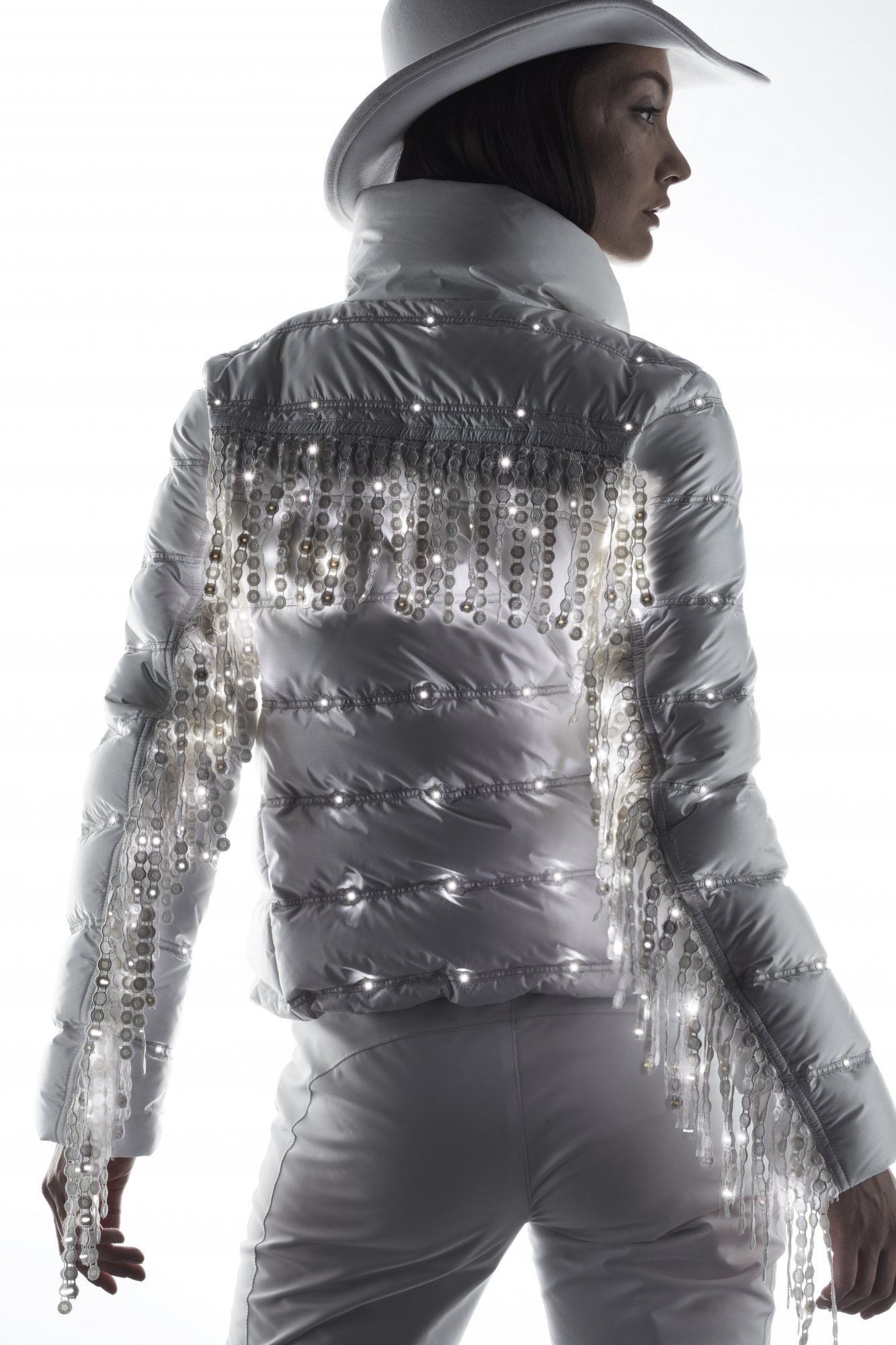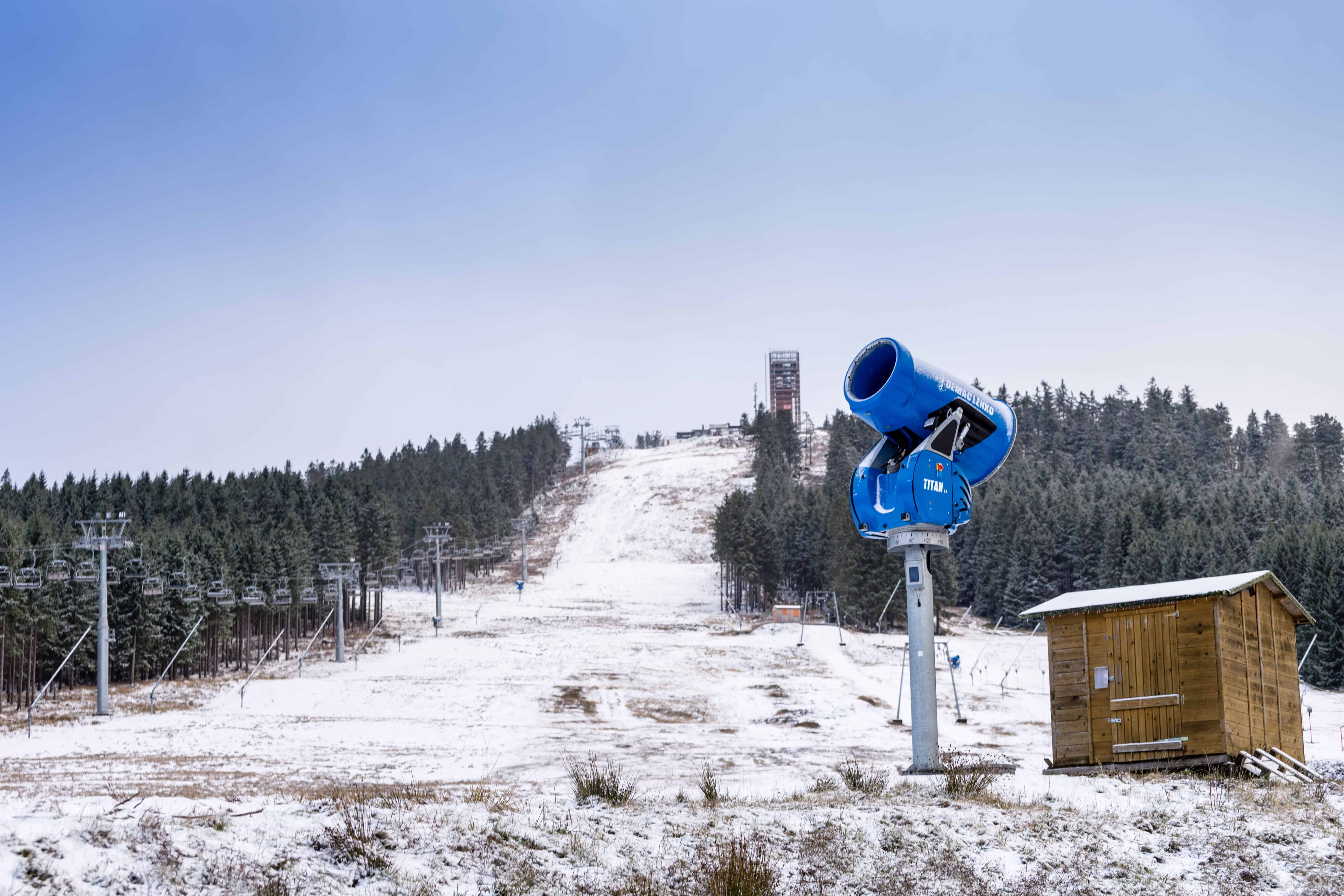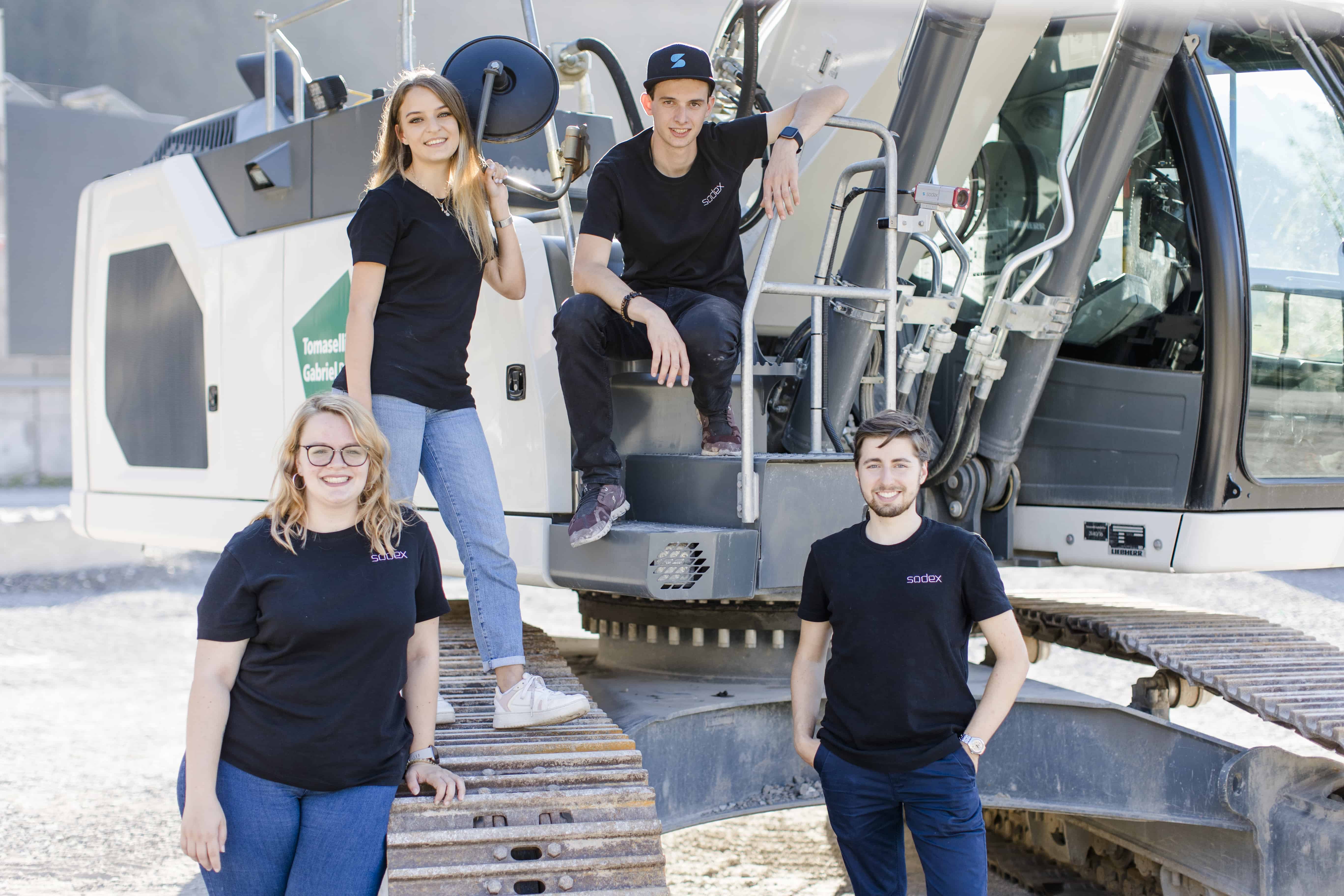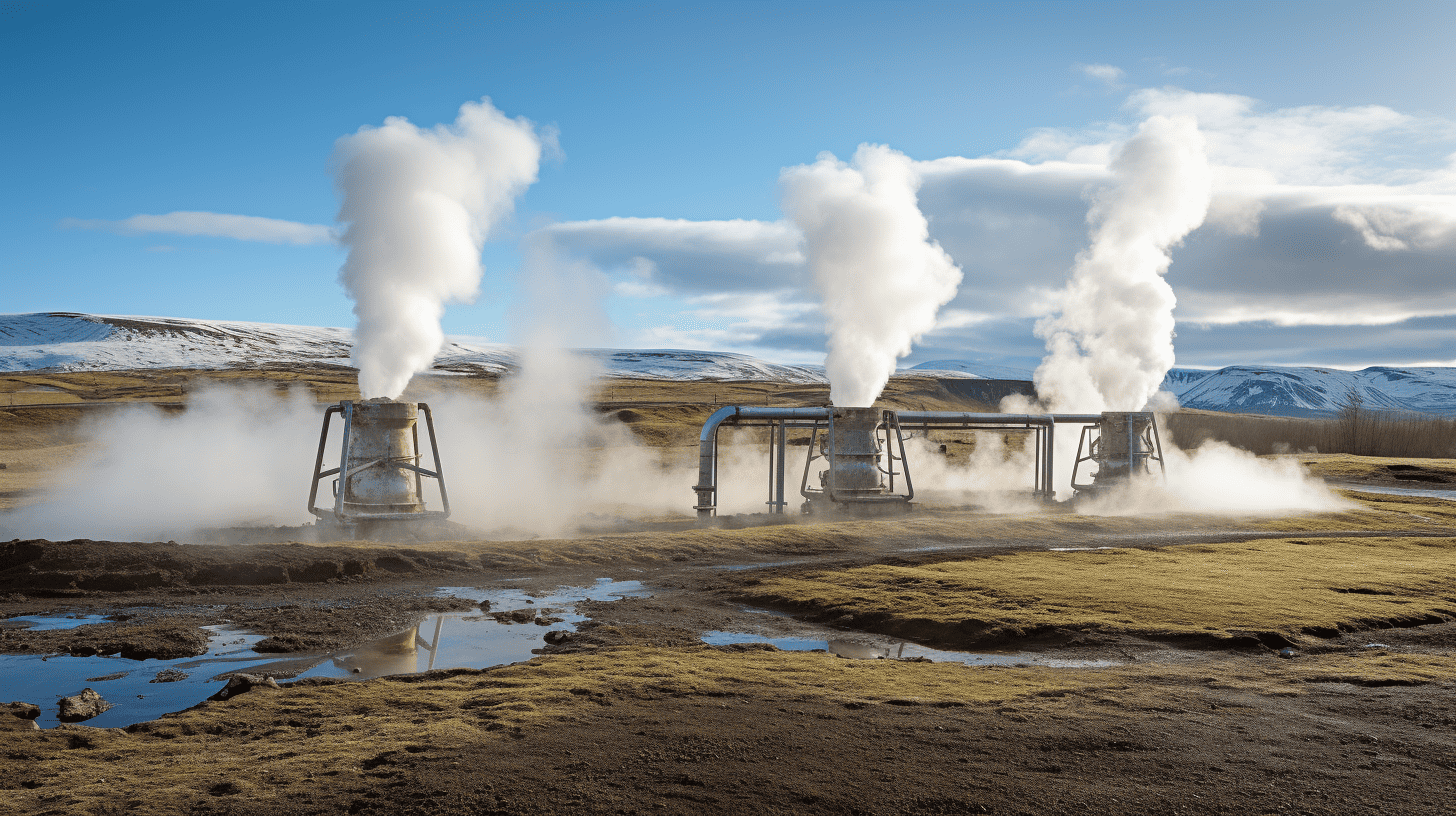
VIENNA, November 26, 2018 – In the coming weeks we will be looking at the state of the art in ski equipment technology. We will start with ski clothing. Further topics are accessories, ski boots, ski and snowboards as well as avalanche equipment. Everything to get you perfectly covered on the slopes.
Skiing is a heating activity at low temperatures. This contradictory climate situation places high demands on the technology of ski clothing. Technology is indispensable to prevent sweaty, soaked clothing and the cooling effect that follows during the resting phase.
[metaslider id=159340]
The central moment in the construction of ski clothing is the physiology of clothing. The product developers have the task of creating a pleasant body climate in extreme conditions. This requires a balance of three properties: it has to be breathable, insulating and wind- and water-repellent. In order to achieve this balance, the technology of ski clothing is based on three-layer systems: A sweat-absorbing base layer, an insulating intermediate layer and a windproof, water-repellent and breathable outer layer. The latter is known by the abbreviation WWA.
Combination of technology and sustainability
Until a few years ago, the ski clothing industry worked exclusively with artificial fibres – mainly polyester. This only changed with the rediscovery of the natural properties of wool, which is moisture-absorbing, thermoregulating and odour-inhibiting. At the same time, the NGOs’ call for more environmentally friendly materials became unmistakable. This led to the inseparable combination of technology and sustainability. However, environmentally friendly technologies are only used when they are fully effective.
The natural functions of wool
For many companies, Merinowool is the first choice when it comes to the first layer, i.e. underwear, socks and hoods. Merino wool is twice as fine as conventional wool, making it lighter, more breathable and more insulating. These natural properties are further enhanced by material blends and constructions. The New Zealand company Mons Royale developed fast drying Merino Air-Con, a fibre made of Merino (83%) nylon (13%) and elastane (4%) for sweat-inducing activities. In combination with 40 per cent Tencel, a cellulose fibre, merino wool has a cooling effect at warm temperatures. The best moisture management is achieved with a combination of merino wool and polyester.
Another strategy to create a pleasant body climate directly on the skin is specific material constructions. The Swiss manufacturer X-Bionic is based on models from nature. The partial insulation Polar Fur is a kind of fur on the inside of the material, which has a regionally different density. The higher the density, the greater the insulation performance. The looser the construction, the better the removal of excess body temperature.
Isolation with moisture management
The second layer can be a separate jacket or the lining of an outer jacket – a so-called hard shell. The latter is a combination of the second and third layer. In the second layer, insulation has priority. Due to its high heat output, the down has finally moved to the centre of attention. When there is a high degree of activity, as is the case on off-road tours for example, this is manipulated to ensure moisture transport. The Canadian manufacturer Arc’teryx combines European goose down with a synthetic down composite for its Thorium AR Hoody as a second or third layer. While the natural down provides a good warmth/weight ratio, the breathable composite is used in the moisture-prone areas.
Freedom of movement due to flexible fabrics
In the third layer, priority is given to windproof, waterproof and breathable requirements. The decisive climate regulator is the membrane, which in the case of a hard shell is applied to the outer fabric. Finally, the silhouette became increasingly body-hugging. The necessary freedom of movement is guaranteed by technical stretch fabrics or softshell with technical stretch. A trend-setting alternative to this is the knitted outer layer – as realised by Kjus (CH) and Picture Clothing (FRA).
With trousers, the silhouette close to the body is hardly compatible with insulating properties. The Swiss manufacturer Mountain Force has resolved the contradiction. The trousers are equipped with a breathable and waterproof ceramic membrane. This acts like a protective shield: the heat is reflected inwards and the cold outwards. In addition, the trousers are insulated with wool.
An environmentally compatible solution for the outer layer
The third layer is a big challenge for an environmentally friendly design. Wind and water resistance make polyester indispensable. The best solution, for the time being, is seen in the use of recycled polyester – which is at least gentle on raw materials.
Both the membrane and the outer layer contain environmentally harmful chemicals. Polytetrafluoroethylene (PTFE), a water-repellent substance, is particularly problematic. Sympatex launched a membrane that is PTFE-free, recyclable and Bluesign-certified. The membrane is made of polytherester, a harmless copolymer of polyester and polyether. Bluesign stands for environmentally friendly production.
Electronic function at the touch of a button
In November 2018, Kjus topped the status quo with the first jacket to use electro-osmotic technology. This technology prevents sweat from cooling down during the resting phase by actively pumping it out.
The technology is integrated into the jacket with two panels. These are strategically positioned in the sweat-intensive zones at the back of the jacket. The panels consist of an extremely fine-pored membrane that lies between two conductive fabric layers. By applying a small electrical impulse, the pores turn into micropumps and actively and quickly pump sweat away from the body and out of the jacket.
The jacket is based on wearable technology and can be controlled by the user via App and Bluetooth – as well as an electronics box in the jacket pocket. The system measures the amount of sweat passing through the panels and the app can also give tips on how to regulate body temperature and minimize sweat production.
The so-called Kjus 7Sphere Hydro_Bot Jacket was developed in cooperation with the Swiss technology company Osmotex, the research institute EMPA (The Swiss Federal Laboratories for Materials Science and Technology) and the material developer Schoeller.
The Paradise Heat ladies’ ski jacket by Helly Hansen is also designed to balance the temperature change between physical exertion and rest. The function is based on a heating system that can be activated and regulated at the touch of a button. The field tests were carried out in cooperation with the Swedish women’s ski team.
Showpiece with LED diodes
The show character of skiing is expressed in the LED jacket from Bogner. The cowgirl-style jacket was designed for filming and produced in cooperation with the Swiss textile manufacturer Forster Rohner. The hems and fringes of the jacket are decorated with a total of 300 LED diodes that glow in the dark. Forster Rohner emphasizes that the jacket is waterproof and washable. Due to the positive response, the showpiece was sold in a limited edition and went down in the history of ski clothing as a collector’s item.
Headerfoto: © Bogner






